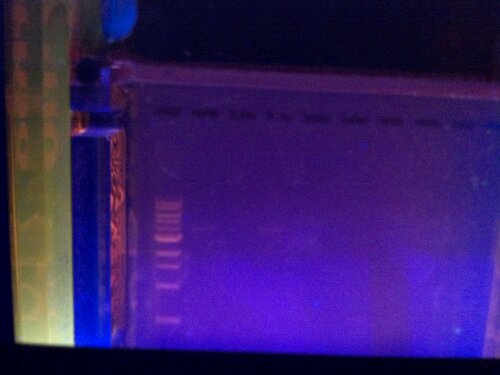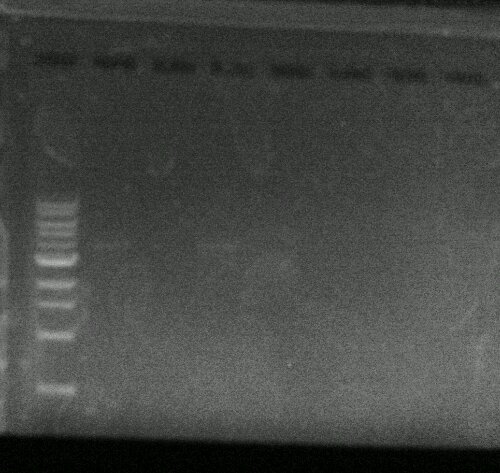I took these notes a long time ago about PCR and how to optimize for it and what each component needs. The notes are taken from the book Molecular Cloning, which is just full of amazing detail and is a must for any lab. Thought I would document this for myself (or anyone else) for that matter.
I realized that last week was a pretty wasted week. I hadn’t done PCR in a year and even though equipment shouldn’t just cease function, I should have started checking the equipment to make sure everything was working properly. I also have been just picking possible errors and adjusting instead of doing a systematic approach to correcting my PCR issues. Well my blind aiming is over and now I’m going to troubleshoot the PCR reactions the right way.



